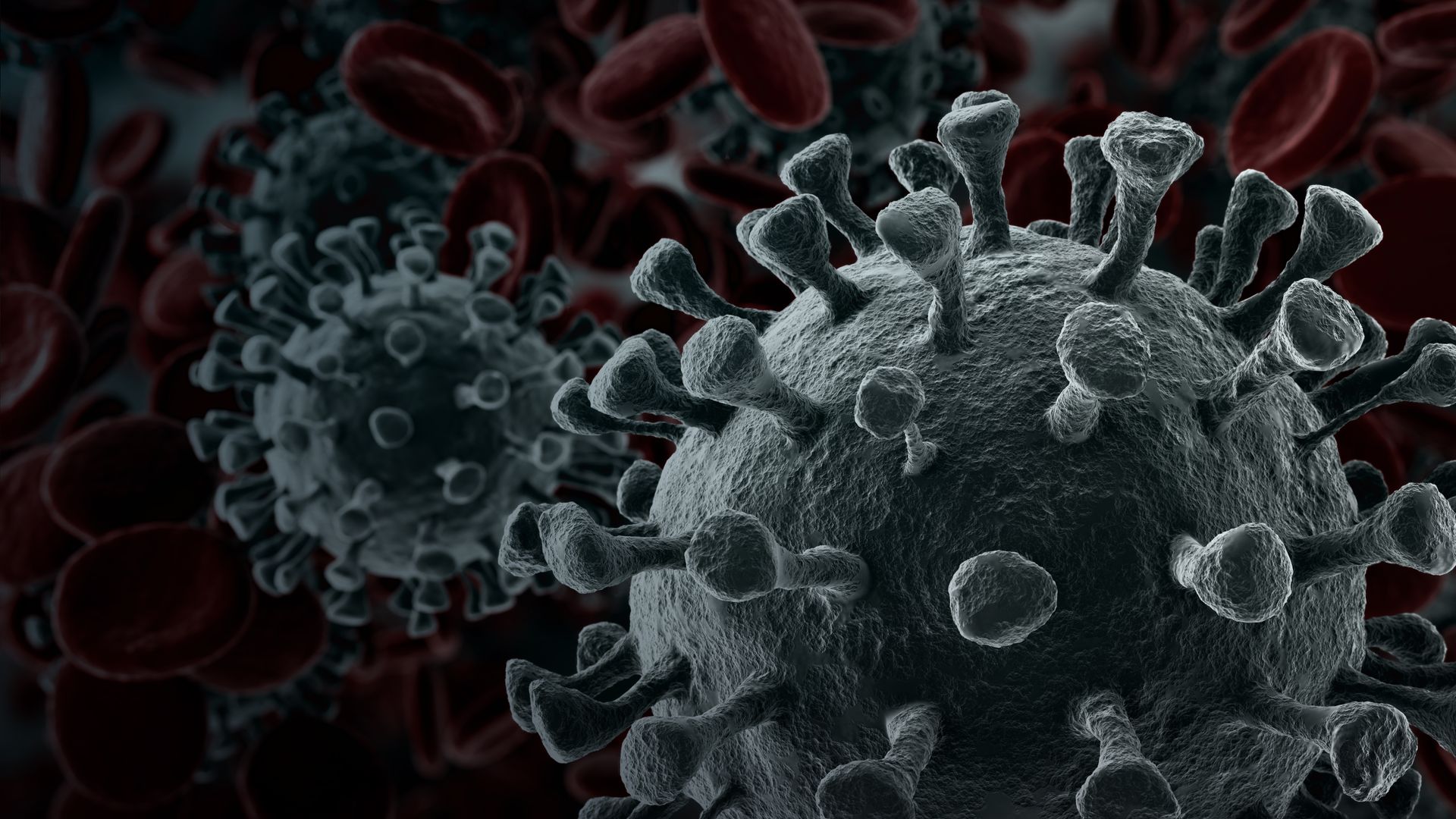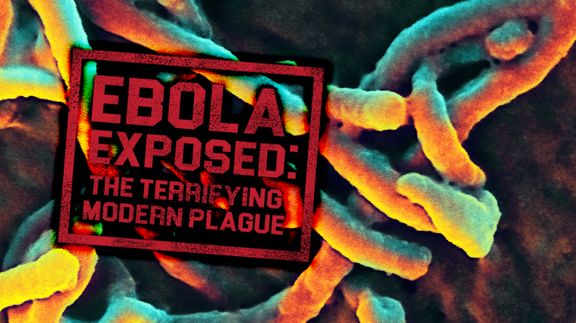

Ebola Exposed
Ebola Exposed
This extraordinary film tells the full story of the world's most terrifying modern plague. With first hand testimony from virus researchers on the Ebola front line, we unravel the mystery of where Ebola has been hiding. Investigators stumble across a fascinating discovery of a viral fossil that shows that Ebola may be far older than anyone ever thought, possibly even older than the human race.
This extraordinary film tells the full story of the world's most terrifying modern plague. With first hand testimony from virus researchers on the Ebola front line, we unravel the mystery of where Ebola has been hiding. Investigators stumble across a fascinating discovery of a viral fossil that shows that Ebola may be far older than anyone ever thought, possibly even older than the human race.
Related Articles
View AllMove Over, COVID: 4 Past Pandemics that Plagued History
Since the beginning of human history, people have been fighting off diseases and epidemics. Our current struggle against COVID-19 is yet another example, and it follows a familiar…
Climate Change and Coronavirus: Two Crises, One Solution?
Coronavirus and climate change are different catastrophes, but plans like the Green New Deal could move the economy away from fossil fuels while also combatting COVID-19.
Successes and Shortfalls: Have We Forgotten Lessons Learned in the Fight Against Ebola?
Although our awareness of the deadly Ebola virus dates back only to about 2014, recorded viral transmission and deaths stretch back nearly 50 years, to at least 1972. Studying the…
A History of Poppies: How One Flower Advanced Medicine (and Fueled the Opioid Epidemic)
Poppies are the source of many opioid drugs, medications that bind to the areas of the brain controlling pain and emotions. While first marketed with good intentions, the drugs…
From Animal to Human: The History of Coronaviruses
People around the world are concerned about the new coronavirus, SARS-CoV-2, first identified in Wuhan, China. But this is not the first coronavirus in humans, nor is it the most…